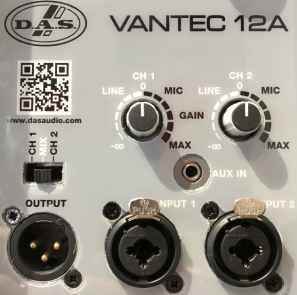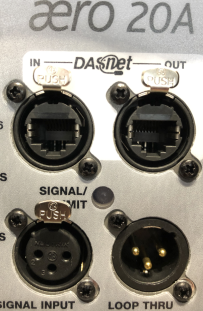What is a third octave?
A third octave is more like a “third of an octave”, i.e. an octave divided by three.
An octave is a frequency band that spans within two frequencies with a ratio of 2:1. For instance, the 1000 Hz octave band spans from 707 to 1414 Hz. Adjacent octave bands are also spaced by a ratio of 2:1, such as the 500 and 1000 octave bands. The octave band centre frequencies have been standardised by ISO (International Organization for Standardization) to rounded figures as follows:
63:125:250:500:1k:2k::4k:8k:16k Hz
A third of an octave is a frequency band that is three times smaller than an octave band, so that an octave band logically comprises three third octave bands. Thus, the 1000 Hz third octave has a bandwidth of 891-1122 Hz. And the 1000 Hz octave band encompasses the 800, 1000 and 1250 Hz third octave bands. Third octave bands are often used in audio because they relate to the way human hearing (and mammals` in general) works. The most used form of pro-audio equaliser is the 1/3rd octave band “graphic” equaliser, the term “graphic” deriving from the fact that glancing at the fader positions we can (arguably) get an idea of the resulting EQ. Analysers that measure frequency content in 1/3rd octave bands are often referred to as RTAs. The 31 third octave audio band centre frequencies have been standarised by ISO to rounded figures as follows:
20:25:31.5:40:50:63:80:100:125:160:200:250:315:400:500:630:800:1k:1k25:1k6:2k:2k5:3k15:4k:5k:6k:8k:
10:12k5:16k:20k Hz
For the musically inclined, a third octave is equivalent to four semitones.
What long throw systems for installations are available in the DAS Audio catalogue?
Point Source Systems: The externally powered HQ series which feature 2-way passive or bi-amplified systems for sports facilities, such as football stadiums, arenas, etc.
Line Array Systems: There are two externally powered line array models. The Artec-320 and the WR-320 systems, ideal for indoor and outdoor applications, respectively.
Powered Line Array Systems: The Event and Aero series are available as long throw solutions for installations with powered systems.
What is efficiency?
Efficiency is the ratio between the acoustic power output and the electrical power input to a loudspeaker. Power not converted into sound ends up as heat. Loudspeakers are very inefficient devices that put out more heat than sound.
What is sensitivity?
Sensitivity is the sound pressure level (SPL) which is measured at a distance of 1 metre in front (on-axis) of a loudspeaker which is fed 1 watt of electrical power. If the measurement uses a different distance or power, the result is scaled so that it refers to the standard 1W/1m.
What is this excursion thing then?
On a cone or diaphragm, excursion is the movement outward and back or from the voice coil rest position. It is inversely proportional to frequency, so that low frequencies generate more movement than high frequencies.
Over-excursion takes place when excessive movement causes scratching or deforming of the voice coil, or even fracture when the coil support “bottoms-out” and hits the speaker`s bottom plate. To prevent damage, avoid equaliser gain on frequency ranges below a speaker`s operating range (such as 20 Hz on a SUB218, or 40 Hz on a Factor -5), use a high-pass filter and be careful when utilizing large power amplifiers.
What is the directivity index?
The directivity index (Di) is an expression in decibels of the directionality of a sound source. Narrow coverage systems have a high directivity index, whereas wide coverage systems have a low one. Di is the decibel form of directivity Q factor, so both are related as Di = 10*log(Q).
What do we mean by long / short throw?
A long throw system is one that has high sensitivity and narrow directivity (high Di), whereas a short throw system is one with lower sensitivity and a wider coverage (low Di). These are informal terms without precise definitions.
What is the difference between direct radiation and horn loading?
With direct radiation, a vibratory element (such as a cone loudspeaker) radiates directly into the air.
Horn loading takes place when the loudspeaker couples with air through a horn. In doing that greater efficiency is achieved, that is, more sound and less heat. We also get more directionality. The theoretical size for a horn is inversely proportional to frequency. That is why, for bass bins, the horn of which would be impracticably large, the horn has to be “folded” inside the box, thus referred to as a “folded horn” box.
What is horn EQ?
A compression driver and horn combination exhibits inherent high frequency roll-off. This is compensated at the passive filter network in passive systems, while active ones (with no passive network elements) take care of the correction at the electronic crossover.
What is sound?
In physics, sound (from Latin sonĭtus) is any phenomenon that involves the propagation of mechanical waves (audible or not), usually through a fluid or other elastic medium, generated by the vibratory movement of a body. Without an elastic medium there would be no sound since waves do not propagate in a vacuum.
What is the sensitivity (SPL) of a system and how is it determined?
It is the sound pressure level (SPL) measured at a given distance, conventionally 1 m in front of a speaker (on axis) with an input power of 1W. If the measurement is done at a different distance or power, the result is scaled to 1W/1m:

What is the Peak or Maximum Sensitivity (SPLmax) of a system and how is it determined?
It is the sound pressure level (SPL) measured at a given distance, conventionally 1 m in front of a speaker (on axis) at the maximum power handling capability of the system. It is traditionally calculated using the Peak Power rating, applying the following formula:
SPLpeak = SPL(1W/1m)+10*log(Peak Power)
For example, the HQ-212.95 system has a sensitivity of 105dB. The peak power rating of the system is 3200W. The calculation is as follows:
SPLpeak = 105+10*log(3200)=140Db
What is frequency range and how is it determined?
Given a frequency response measured at 1W/1m, the frequency range is determined by the points where the SPL drops 10dB below the average:
For example, for Aero-40A, the limits are 60Hz – 20kHz

What is the target frequency response curve for a system?
It depends greatly on the application and the type of system. Note that a public address system for voice evacuation announcements is different from a club system, a concert, or a cinema system. For instance:
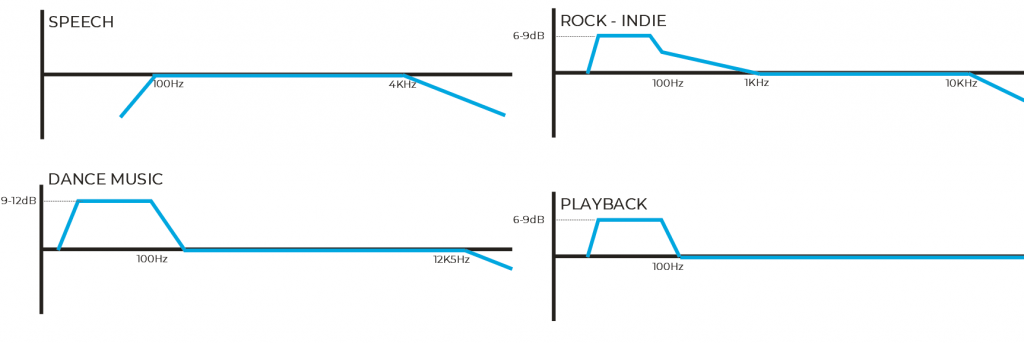
DAS Audio designs systems, both powered and externally powered with DSP, so the user can benefit from a frequency response curve as flat as possible that can be used as a starting point for a wide range of applications.
What types of acoustic systems are there?
There are many ways of categorizing acoustic systems.
- One option is by grouping them under one-way, two-way, or three-way systems. Hence, a subwoofer is a one-way system, while a 12” and a driver is considered a two-way system.
Two- or three-way systems can fall under the passive or active category, depending on whether the crossover point between the signal paths is done with a passive filter included in the system or is done with an external digital processor.
- Another category can be set depending on whether the systems are powered or externally powered.
- One more category can be established according to the type of horn (diffuser) that the systems incorporate:
- Point Source Systems: the most conventional in the market. They are normally two-way and include a diffuser with Horizontal and Vertical coverage. For example, the Vantec-12A is a two-way powered system in point source format with 90º x 50º (H x V) coverage.
- Line Array Systems: are characterized by the formation of vertical arrays hanging the units one below the other following acoustic criteria. Arrays employ diffusers and waveguides with fixed horizontal coverage, but the vertical coverage varies (decreases) with frequency. For example, the Aero-20A is a two-way powered line array system with 90º x Vº coverage, where V is variable depending on frequency.
- Curved Source Systems: are characterized by their capability to form vertical arrays with a fixed vertical coverage per cabinet and independent of frequency. They are hybrid systems halfway between point source and line array systems. For example, the Vantec-20A system is a two-way powered curved source system with 90º x 15º coverage (H x V)
What is the coverage of a system and how is it defined?
System coverage is determined by measuring the system´s frequency response at various positions off the horizontal and vertical axis. When the frequency response has dropped 6dB off-axis, we obtain the Horizontal or Vertical coverage angle of the system. Coverage angles are expressed in sexagesimal degrees. The following would be the basic measurement points to determine the H x V coverage of a two-way system:
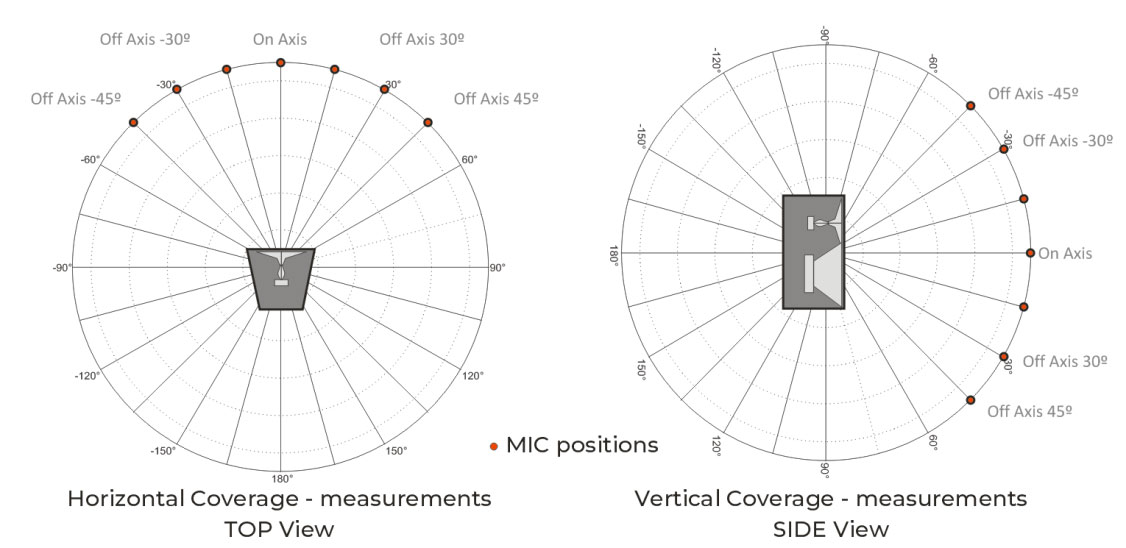 The result is typically shown in polar plots or sound pressure graphs (a two-way system of 60º x 40º coverage is shown):
The result is typically shown in polar plots or sound pressure graphs (a two-way system of 60º x 40º coverage is shown):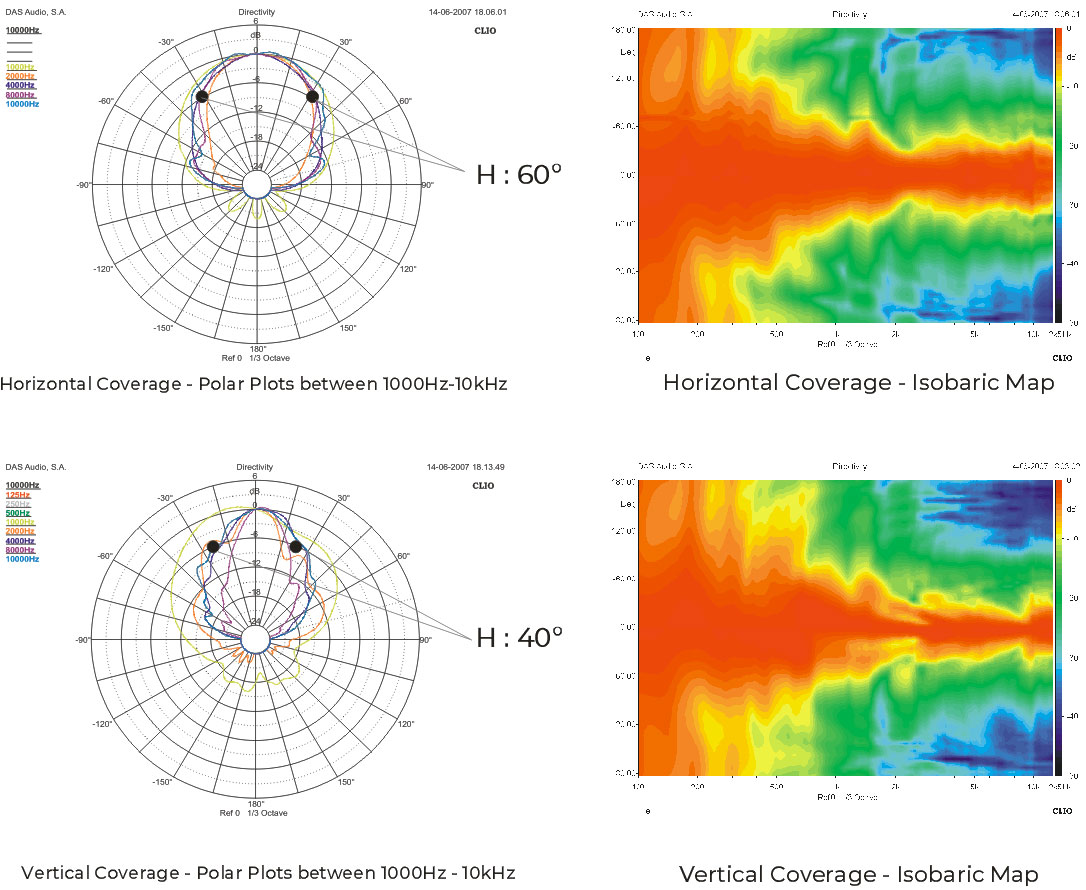
What is the vertical coverage of a line array system?
A line array system does not have a fixed vertical coverage. In terms of a single cabinet, the vertical coverage varies with frequency, so it is common to find in catalogs or specification sheets the coverage of a line array (H x V) expressed as follows:
90º x splay dependent
Asking about the vertical coverage of a line array cabinet is a common question in the professional audio industry. The answer to that is not a fixed and defined number since that coverage varies with frequency. As a matter of fact, the answer is shown in a graph like this one bellow:
 Sound pressure level map on the vertical plane of an Artec-320 system. Notice that from 1kHz the system vertical coverage narrows with frequency.
Sound pressure level map on the vertical plane of an Artec-320 system. Notice that from 1kHz the system vertical coverage narrows with frequency.
On the other hand, we can talk about vertical coverage when several cabinets are hung at certain angles forming a complete cluster.
What is a cardioid subwoofer setup?
Subwoofers have virtually an omnidirectional radiation pattern. That is, there is the same energy in front and behind the subwoofer.
Cardioid means that power only radiates at the front of the subwoofer.
This can be achieved by combining the DAS Audio powered subwoofers.
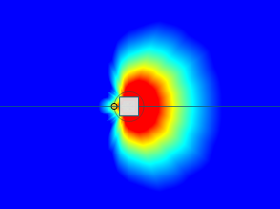


 Line Arrays
Line Arrays Curved Source
Curved Source Point Source
Point Source Stage Monitors
Stage Monitors Column
Column Subwoofer
Subwoofer Software
Software Install Devices
Install Devices Processors
Processors Amplifiers
Amplifiers Racks
Racks Accessories
Accessories Ceiling Speakers
Ceiling Speakers Pendant Speakers
Pendant Speakers

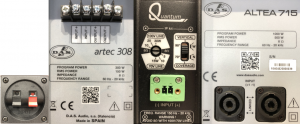
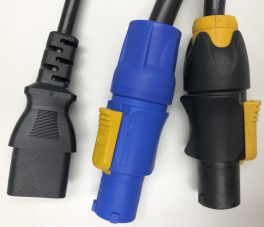
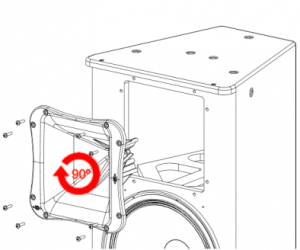
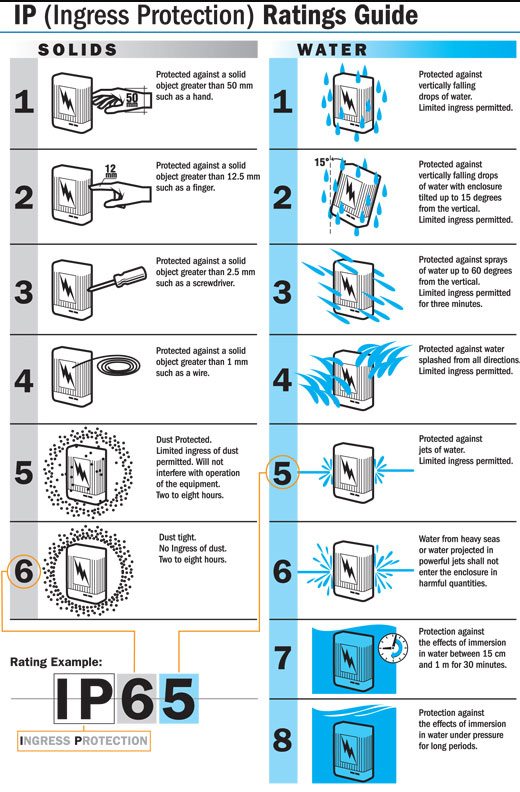



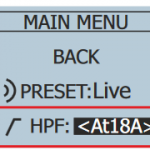
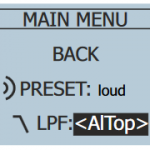
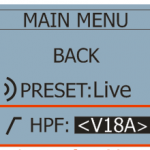
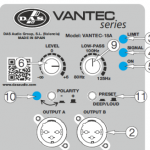

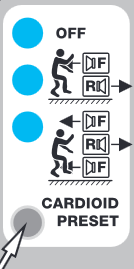



 The result is typically shown in polar plots or sound pressure graphs (a two-way system of 60º x 40º coverage is shown):
The result is typically shown in polar plots or sound pressure graphs (a two-way system of 60º x 40º coverage is shown):
 Sound pressure level map on the vertical plane of an Artec-320 system. Notice that from 1kHz the system vertical coverage narrows with frequency.
Sound pressure level map on the vertical plane of an Artec-320 system. Notice that from 1kHz the system vertical coverage narrows with frequency.

